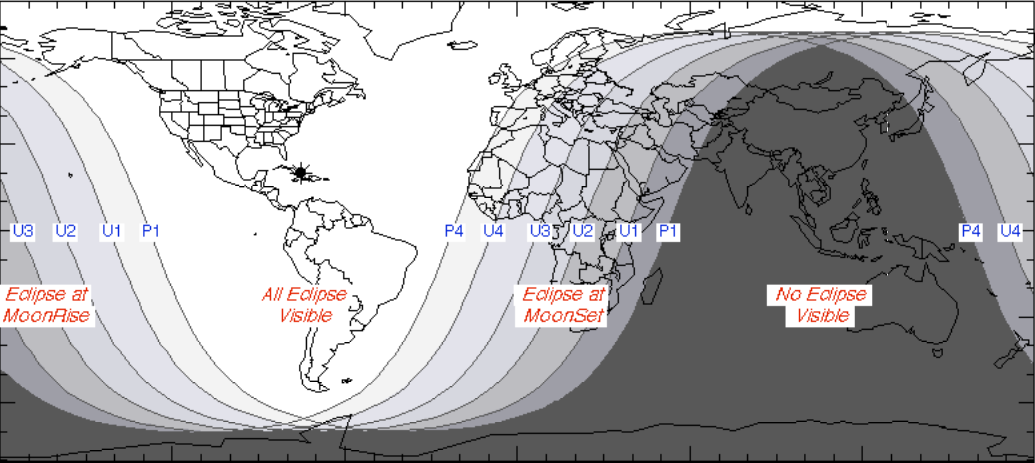Canadians, Americans and many others in the Western Hemisphere will see a blood moon rising, should the skies clear up in the middle of January.

This won’t be just any blood moon, however: reports suggest this will be a “super blood moon,” marking the final lunar eclipse that anyone on Earth will see until May 26, 2021.
WATCH: Lunar trifecta of ‘super blue blood moon’ happens simultaneously

National Geographic reported that the moon will find itself engulfed in Earth’s shadow, casting a red glow over the night sky from Jan. 20-21.
This will coincide with the time when the moon reaches its closest point to Earth, known as the “perigee,” according to NASA.
Together, they’re likely to create a spectacular sight when the sun, Earth and moon all align on Jan. 20 at 9:12 p.m. PT.
READ MORE: IN PHOTOS — rare ‘super blue blood moon’ eclipse lights up pre-dawn sky
The phenomenon will see the moon totally covered for just over an hour, but the entirety of the eclipse is expected to last just under 3.5 hours, NASA reported.
The greatest eclipse is expected to happen at 9:13:27.1 p.m. PT.
January’s super blood moon eclipse will be visible to much of the Western Hemisphere, including Canada, the U.S., Mexico and South America.
The eclipse will also be visible to western Africa and much of Europe, but it won’t be seen in countries such as China, India or Australia.
This isn’t the first time in the recent past that such a phenomenon has appeared in the sky.
The first day of 2018 bore witness to a “wolf moon,” a supermoon that showed up 14 per cent bigger and 30 per cent brighter than usual.
WATCH: Largest supermoon since 1948 viewed around the world

Later in the month, a supermoon coincided with a lunar eclipse that could be seen from western North America to eastern Asia.
That marked the second supermoon that month, and it was a blue one, NASA said at the time.
The event took on a unique name: the “super blue blood moon.”
—With files from Maham Abedi
- Ontario First Nation declares state of emergency amid skyrocketing benzene levels
- Singh mulls TikTok return as U.S. nears potential ban over security fears
- More financial institutes are offering crypto-services, survey shows
- Possible TikTok ban in U.S. looms after Biden signs bill, setting up legal fight





Comments